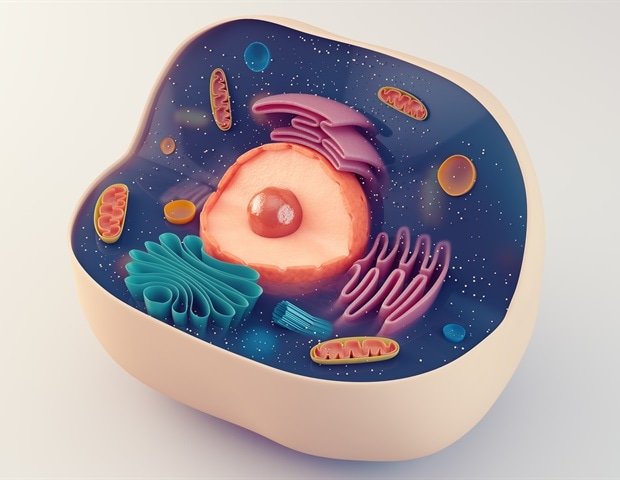Researchers from the University of California, San Diego have discovered that two of the most commonly administered stem cell therapies, which are often used interchangeably, actually contain completely different types of cells. The results challenge the current “one-cell-cures-all” paradigm in orthopedic stem cell therapy and highlight the need for more informed and rigorous characterization of injectable stem cell therapies before they are marketed for use in patients.
The researchers analyzed cell populations of autologous bone marrow aspirate concentrate (BMAC) and adipose-derived vascular stromal fraction (ADSVF) collected from the same subjects. These two treatments have many similarities: both are injectable treatments derived from the patient’s own cells. bone marrow in BMAC and adipose tissue (fat) in ADSVF -? And both are thought to contain mesenchymal stem cells/stromal cells (MSCs), cells that can differentiate into muscle, bone and other connective tissues.
Because of their similarities, the two therapies are often marketed as interchangeable “stem cell therapies” and are used to treat a range of musculoskeletal and skin conditions, particularly in professional athletes. However, little research to date has attempted to characterize the composition and underlying biology of these two therapies. This lack of information has prevented rigorous clinical research into ideal doses for these treatments and, researchers say, has encouraged misinformation in the marketing of the treatments in the $11.9 billion stem cell industry.
To fill this gap, the researchers analyzed 62 BMAC cell populations and 57 ADSVF populations to create a cell atlas detailing which cell types are present in each treatment, which genes are active in those cells, and which proteins are present.
Their atlas revealed that MSC concentrations in the BMAC formulations were extremely low and that overall, there were no comparable types of “stem cells” in both treatments. In fact, the two treatments had very different compositions. BMAC was mainly composed of red and white blood cells and ADSVF was mainly composed of connective tissue cells. In addition, many proteins associated with regenerative function were either absent or found at extremely low concentrations in both treatments, calling into question their mechanisms of action and overall efficacy.
In addition to providing a rich resource for researchers, the findings suggest that the active ingredients in biologic therapies such as BMAC and ADSVF need to be more thoroughly defined. They also suggest that the field as a whole needs to move toward more standardized cell therapies, in which the clinically necessary doses of cell and protein concentrations have been carefully quantified.
